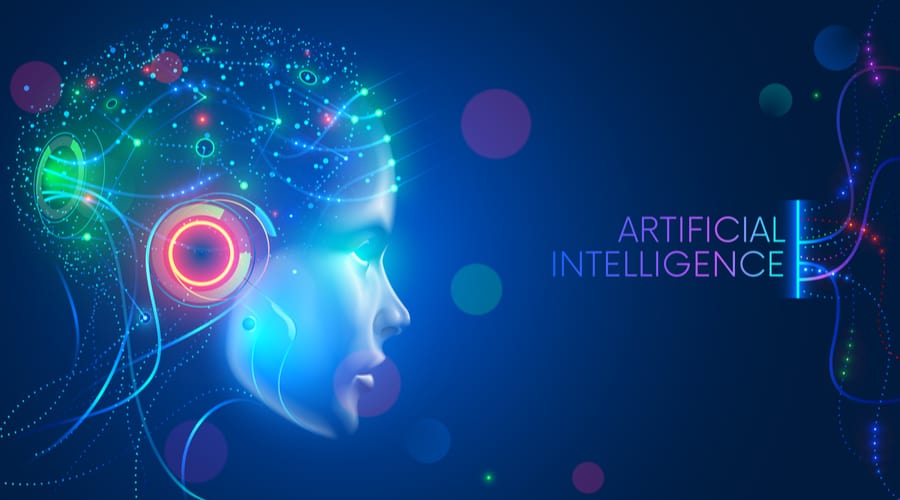
Artificial Intelligence (AI)
- Technology
- April 09, 2020
Artificial Intelligence, or AI, has already received a
lot of buzz in recent years, but it continues to be a trend to watch because
its effects on how we live, work and play are only in the early stages. In
addition, other branches of AI have developed, including Machine Learning,
which we will go into below. AI refers to computer systems built to mimic human
intelligence and perform tasks such as recognition of images, speech or
patterns, and decision making. AI can do these tasks faster and more accurately
than humans.
Five out of six Americans use AI services in one form
or another every day, including navigation apps, streaming services, smartphone
personal assistants, ride-sharing apps, home personal assistants, and smart
home devices. In addition to consumer use, AI is used to schedule trains,
assess business risk, predict maintenance, and improve energy efficiency, among
many other money-saving tasks.
AI is one part of what we refer to broadly as
automation, and automation is a hot topic because of potential job loss.
Experts say automation will eliminate 73 million more jobs by 2030. However,
automation is creating jobs as well as eliminating them, especially in the
field of AI: Pundits predict that jobs in AI will number 23 million by 2020. Jobs
will be created in development, programming, testing, support, and maintenance,
to name a few. Artificial Intelligence architect is one such job. Some say it
will soon rival data scientists in need for skilled professionals. To learn
more about potential jobs in AI, read about building a career in AI or why you
should earn an AI certification.




Share This News